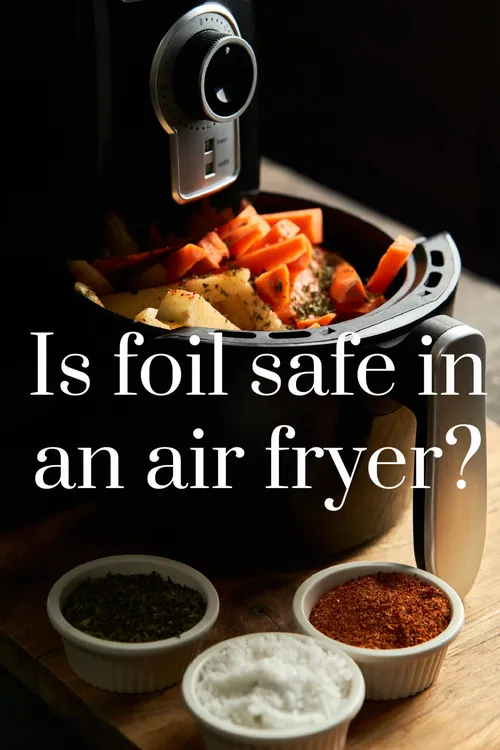Aluminum foil melting point & process
The Aluminum Foil Melting Point is approximately 660 °C or 1220 °F. This is the temperature at which solid aluminum foil transitions into a liquid state. It’s important to note that the melting point can vary slightly depending on the specific alloy composition of the aluminum foil.
The process of melting aluminum in factories typically takes place in specially designed high-temperature furnaces.
Firstly, aluminum materials such as aluminum ingots are prepared, ensuring they are dry, clean, and free from impurities. The aluminum ingots are then uniformly loaded into the furnace, and the furnace is ignited, gradually increasing the temperature to reach the melting point of aluminum (approximately 660 degrees Celsius or 1220 degrees Fahrenheit).
Once the aluminum reaches its melting point, it transitions into a liquid state. The temperature is maintained to keep the aluminum in a liquid form, and techniques such as stirring are employed to ensure uniformity of the molten aluminum.
Can I put aluminum foil in an air fryer?

Yes, you can put aluminum foil in an air fryer, but also keep in mind that you need to use it correctly- Avoid covering the entire basket or blocking airflow, and ensure the foil doesn’t come into direct contact with the heating elements. Proper placement and use of aluminum foil can help with even cooking and make cleaning easier
1. Use with caution
If your air fryer allows the use of aluminum foil, exercise caution when using it. Avoid covering the entire basket or blocking the airflow, as this can affect the cooking performance and may increase the risk of overheating.
2. Proper placement
If you choose to use aluminum foil in your air fryer, ensure that it is placed properly. Line the bottom of the basket or wrap the food loosely, leaving space for the hot air to circulate effectively. This allows for even cooking and helps prevent the foil from coming into direct contact with the heating elements.
3. Avoid acidic or salty foods
Avoid using aluminum foil with acidic or salty foods, as these can cause a reaction that may affect the taste of the food and potentially damage the air fryer’s interior.
Whether it’s an air fryer or any other cooking method, these are some of the points you must be aware of when cooking with aluminum foil.
Does aluminum foil conduct electricity?
Will aluminum foil conduct electricity? Yes, aluminum foil does conduct electricity. Aluminum is a good conductor of electricity, which is why it is commonly used in various electrical applications. The high electrical conductivity of aluminum allows for the efficient flow of electric current through the foil. This property makes aluminum foil suitable for applications such as wiring, electrical connections, and even in certain electronic components.
Aluminum foil is an excellent conductor of electricity due to its high electrical conductivity. This property makes it widely used in various electrical applications. When an electric current is applied to aluminum foil, the free electrons in the metal can move easily, allowing for the efficient flow of electricity.
The high electrical conductivity of aluminum foil makes it suitable for applications such as electrical wiring, where it is often used as a conductor to transmit electricity from a power source to different devices or appliances. It is also commonly used in electrical connections, where it ensures a reliable and efficient transfer of electrical signals.
Moreover, aluminum foil’s conductivity extends to high frequencies, making it useful in radio frequency (RF) applications. It is utilized in RF shielding, where it helps to block electromagnetic interference (EMI) and prevent signal loss or distortion in electronic devices.
Additionally, aluminum foil finds applications in capacitors and other electronic components due to its conductivity and ability to form thin, uniform layers. It can be used as a conductor in printed circuit boards (PCBs) and flexible circuits, enabling the creation of compact and efficient electronic devices.

